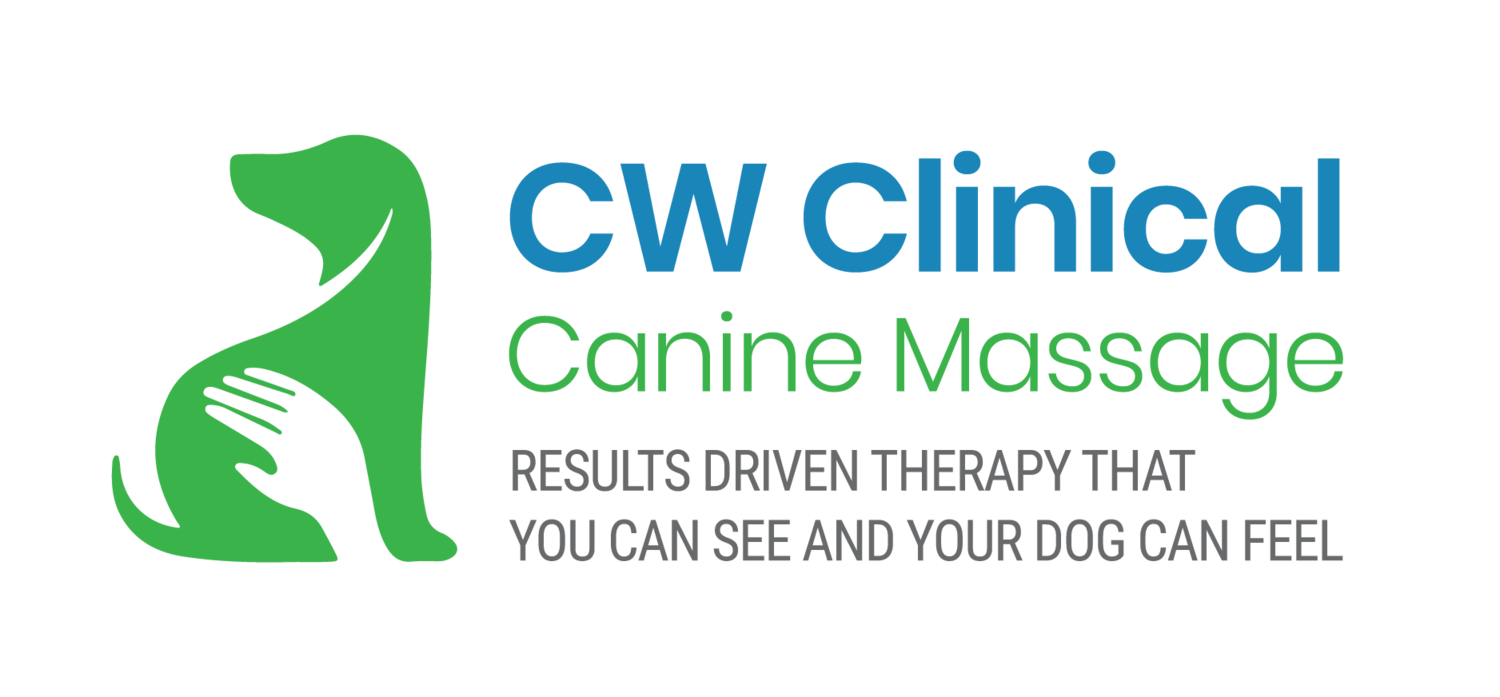
“Clinical Canine Massage is a non-invasive therapy for dogs that rehabilitates them from muscular injury and helps to support orthopaedic issues like arthritis. It is also suitable for sporting dogs and senior dogs with results usually being seen in 1-3 sessions.”
In order to assess whether a dog is in pain or discomfort, the Canine Massage Guild developed the 5 Principles of Pain. This is a guide for owners to assess and gauge whether their dog is experiencing pain or discomfort and so could benefit from massage therapy.
Improvements in your dog’s mobility and a reduction in pain levels can often be seen in as few as 1-3 sessions.
The 5 Principles of Pain are:
1. Gait
How does your dog move? Are they lame, do they limp, do they seem stiff in their movements or often crab to one side?
2. Posture
How does your dog stand? Is there any asymmetry in their stance, do they seem to carry their weight through a particular limb? Are there any obvious fur/coat changes or skin 'twitches'?
3. Activities of Daily Living
Assessing any changes to every day activities that your dog undertakes. Are they having trouble getting on and off the sofa? Do the stairs seem to suddenly be harder than before? Does getting in and out of the car seem more of a struggle?
4. Behaviour
Does your dog seem snappy, anxious or reluctant to be petted? Perhaps they are excessively licking specific areas.
5. Performance
Has your dog's regular performance dropped off or has their exercise regime changed?
If you have concerns about your dog, please do feel free to print a copy of the 5 Principles of Pain and take it with you to discuss with your vet or give me a call.
Massage can help with orthopaedic issues
Massage can help with musculoskeletal issues
Massage is not just for orthopaedic and musculoskeletal issues. It can also be used to keep dogs in tip top condition and arrest any aches and pain before they become bigger issues.
